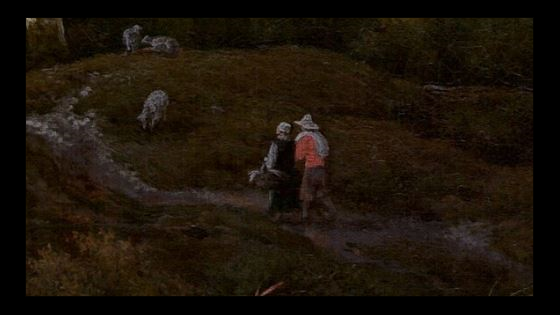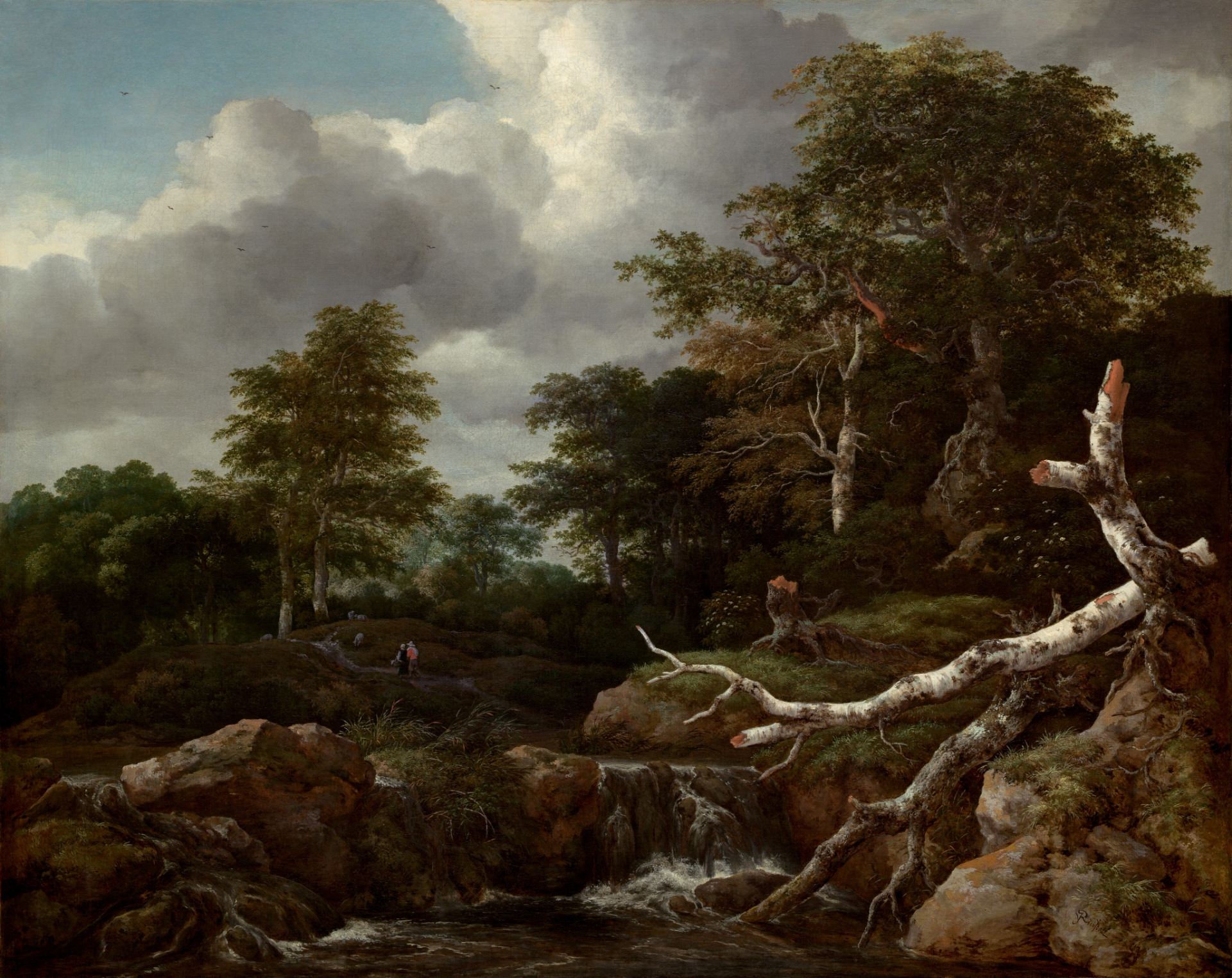
Reflecting on 2020: Landscapes and Renewal
Ryan Gurney, A UCI Visual Studies Ph.D. Reflects on 2020
Ryan Gurney is a program coordinator with the UCI Humanities Center. He is also an alumnus of the UCI Visual Studies Ph.D. program. He studies and writes about Dutch art of the seventeenth century and early modern urbanism.“Beauty promises freedom and reconciliation. […] It makes possible a free relationship with the world and with oneself.”
- Byung-Chul Han

Jacob van Ruisdael, Forest Scene, c. 1655, oil on canvas
Isolation and hardship. These are the things I think of when I reflect on 2020. A global pandemic has killed 1.99 million people worldwide and marooned the rest of us in our homes. Our federal government’s response has been incoherent and disjointed. Our elected leaders seem more concerned with salvaging their political prospects than they are about reducing the unemployment rate, tackling police reform, or repairing a hobbled economy. However, art reminds me that there is always a way through the woods of our collective hardship. I am reminded that I might find beauty on the other side.
Landscapes do not often get much love in art museums and art galleries. It might be that they speak too quietly. But if I listen closely, I can hear them reassure me.
Landscapes are encoded with allegorical meaning, eager with subtle messages. This fact is no truer than for seventeenth-century Dutch landscape paintings. Like Americans, the Dutch inscribed their landscapes with culturally unifying evocations of political revolt, independence from foreign hegemony, environmental mastery, and literary romanticism. Few Dutch artists of the period imbued their landscapes with the same tension between solemnity and lightness as Jacob van Ruisdael (c. 1628/29 – 1682). I first saw his Forest Scene (c. 1655; below) at the National Gallery of Art in Washington, D.C. while I was there on an undergraduate research scholarship. Its themes of life, death, and perseverance pop into my head during periods of difficulty – like the one we are in now.
I read Ruisdael’s Forest Scene to convey the peace that follows hardship and the renewal that follows death. In the painting’s foreground, there are dead and felled trees. If I listen quietly, I can hear the rush of the waterfall at the center of the picture. Jagged rocks and snapped trees indicate to me that whatever life is here has become hostile. These are obstacles that are not easily overcome. But like 2020, these hurdles are temporary.
In the middle ground, a couple wanders down an uneven path. Somehow, they’ve made it past the foreground dangers and are surrounded by green grass, sheep, and presumably, the promise of peace in their immediate future. After all, the woman carries a basket for her and her companion’s journey.
If I follow the couple into the picture’s background, I see a verdant forest. Like life itself, parts of the forest appear dark and mysterious, others are light, all of it alive. I wonder what is in that forest, but I can only guess. Perhaps that is what I like so much about this painting – the future that awaits the couple, and me, and us, is unwritten.
Landscape paintings ask us to slow down for a moment to dwell in the quiet places of our minds. If we do this, we can “hear” what the picture is trying to say. This picture reminds me to take that quiet moment and reflect on the fact peace may await us after our period of isolation and hardship. It also wouldn’t hurt to pack a basket for the journey ahead.

